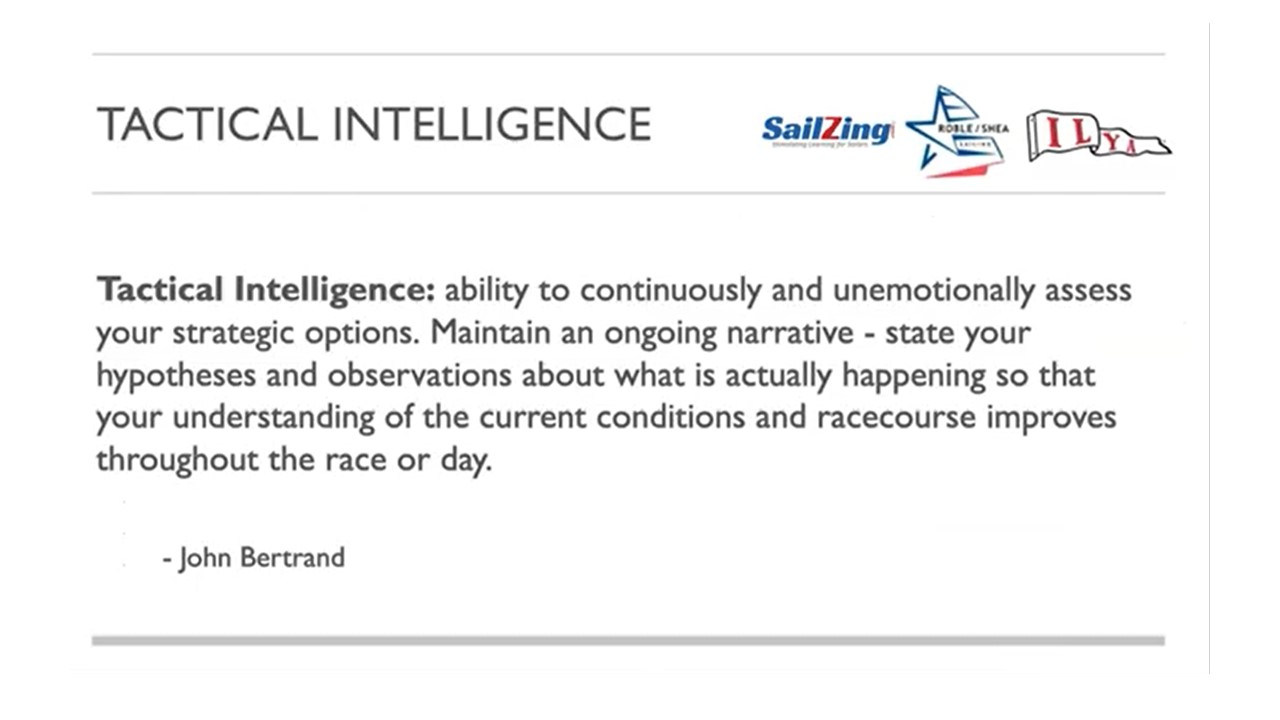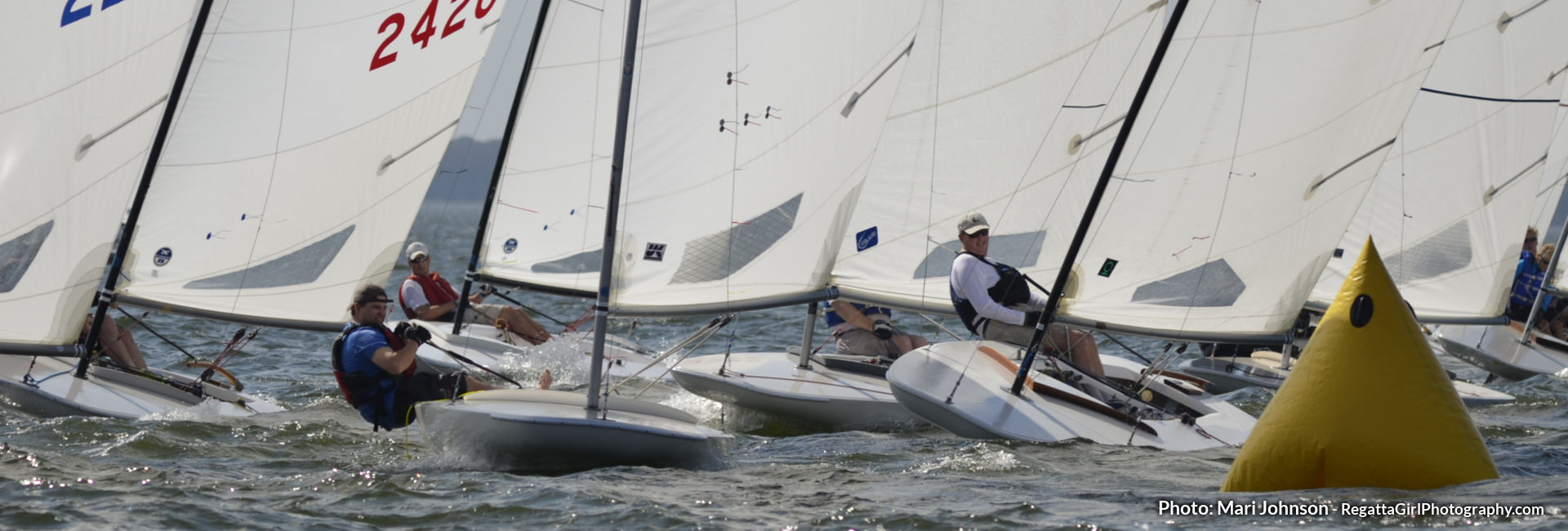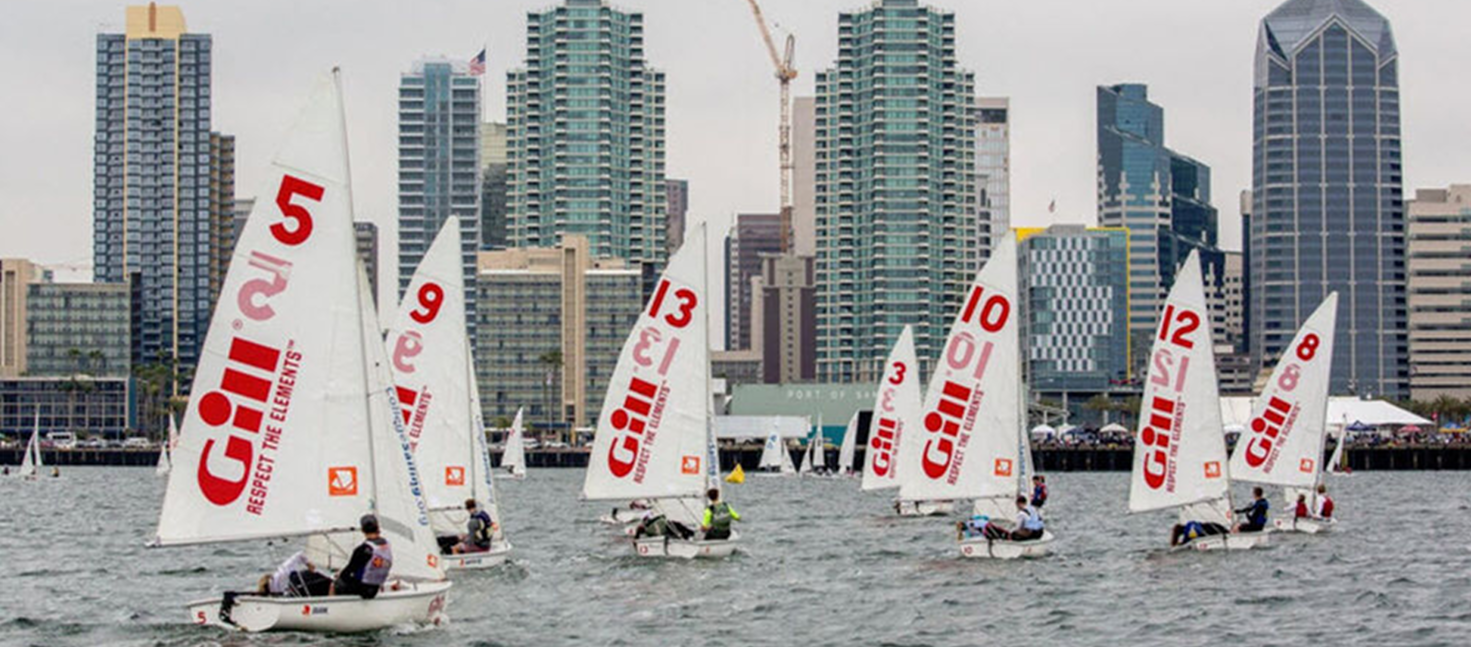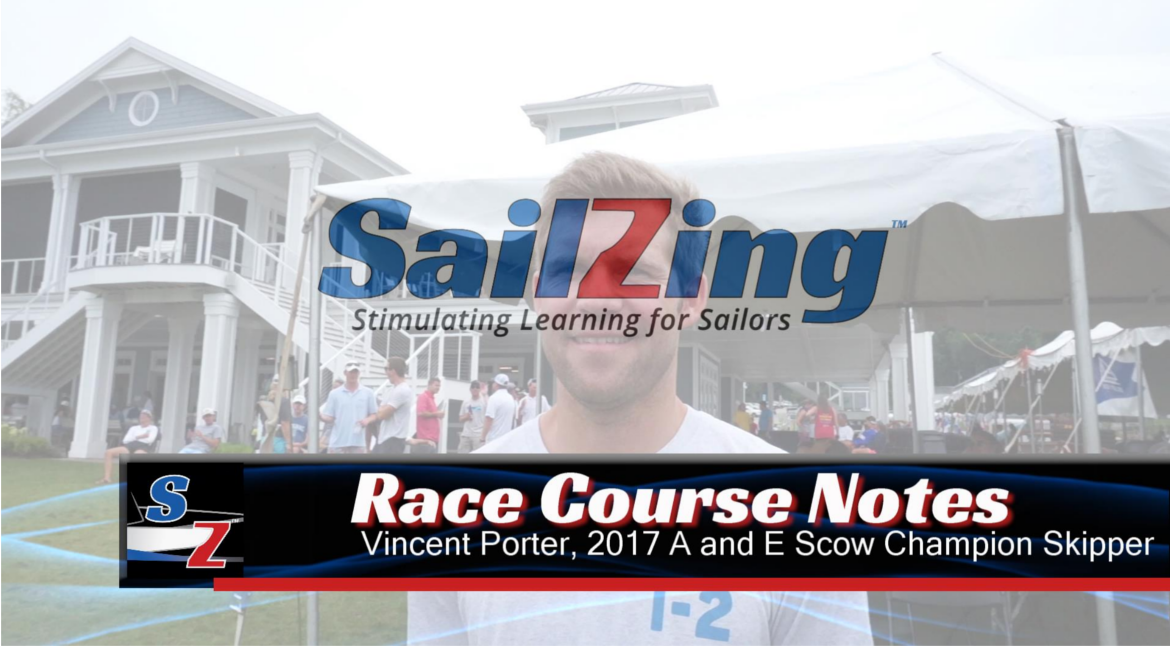Successful sailors know how to manage their thought process during the race. In The Sailing Cycle, we described Zack Clayton’s approach. In the ILYA Fast Forward webinar series, Olympic qualifiers Steph Roble and Maggie Shea described an approach which they call Tactical Intelligence. This concept came from renowned sailor John Bertrand.
Tactical Intelligence is remarkably similar to Zack’s sailing cycle. However, since Zack is not nearly as famous as Bertrand or Roble/Shea, and there are some differences, we thought the Bertrand approach was worth a separate post.
Watch the video excerpt below or view the entire Racing Strategy ILYA webinar here. Or read the key points in the sections below the video.
Video: Tactical Intelligence
Tactical Intelligence – Key Points
Tactical intelligence is the ability to continuously and unemotionally assess your strategic options. Maintain an ongoing narrative – state your hypotheses and observations about what is actually happening so that your understanding of the current conditions and racecourse improves throughout the race or day.
John Bertrand
Questions to Ask
#1. What place are we in?
The point of this question is to determine whether you are playing on offense or defense. If you’re behind where you want to be, you’ll probably need to play offense and take a little more risk to catch up. Play defense if you’re leading or happy with your current place.
#2. How much risk do we want to take?
After you answer question 1, you can determine how much risk to take. Steph and Maggie describe three answers:
- Can’t risk – you’re in a good position and want to keep it.
- Can risk – you’re in an OK position, but could possibly gain with some calculated risks.
- Must risk – you’re in a bad position and need to take some risks, either calculated or otherwise.
#3. Add it up: Are we lifted? In clear air? In max pressure? Going fast?
This question focuses your attention on the wind and boat speed – the key elements of a successful race. Ideally, you would have four “yes” answers at any point in the race (lifted, in clear air, max pressure, and going fast). That’s not always possible, but keep trying to add them up to maximize the total.
A few cautionary notes:
- You may have to temporarily de-emphasize one of the elements to eventually achieve a higher score. For example, sailing on the lifted tack is generally safe, but not if there is a favorable shift or more pressure somewhere else.
- The “lifted” question is for upwind sailing. Substitute “headed” for downwind sailing.
#4. What is the most important variable right now – the course, wind, or the fleet/opponent?
During a race, you have three variables to consider as you make decisions. Their relative importance changes as the race progresses.
Course: This variable addresses your position relative to the course marks and boundaries. Course-based decisions become important as you approach the laylines, or when you can sail for more time on one tack than the other (the long tack), or when there are natural boundaries, such as shores and obstructions.
Wind: The wind variable addresses the factors discussed in question 3 above – clear air, maximum pressure, and lifted tack. You can rarely ignore the importance of the wind, although the course or fleet variables sometimes take over, if only temporarily.
Fleet/opponents: This variable concerns your position relative to other boats. If you could always get the wind decisions right, you’d never have to worry about other boats, since you’d get around the course in the shortest possible time. Realistically, however, fleet-based decisions will be important, especially 1) when you are unsure about the wind and want to avoid big losses, 2) when you want to maintain a lead, or 3) when other boats are affecting your ability to carry out your wind- or course-based strategy.
Continuous Assessment and Next Steps
The answers to the questions above will change frequently, so you need to keep asking them. Try to anticipate changes and think about next steps. For example, you should be able to anticipate puffs, lulls, and shifts by watching the water and all the other clues. You can anticipate disturbed air situations and avoid them in advance. You can also anticipate course-based and fleet-based decisions – for example when approaching a layline or when you see a crossing situation developing.
Learn from Your Dialogue
Did you ever notice how top sailors can recall and describe the specific factors that made them successful in a race? That’s because they consciously think through questions like the four in Bertrand’s scheme. When you consciously answer these questions – either out loud or silently – you are locking in knowledge that will help you make better decisions as the race goes on.
Understand Focus: Mental Skills for Sailing, Part 3 – more about continuous, relaxed observation
Make Better Decisions: Speed and Smarts
Think Simple Thoughts – Sailing World





